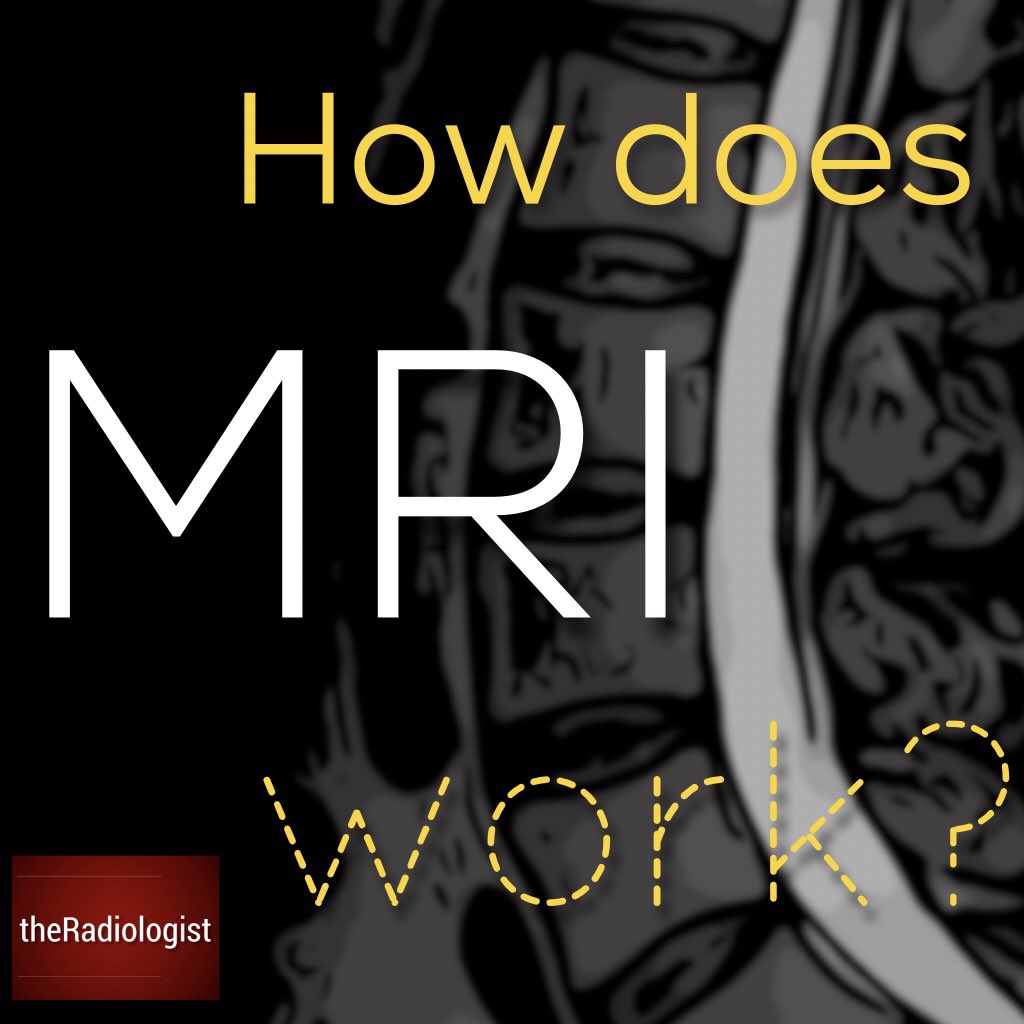
CHEST X RAY QUIZ
▫️Select the most likely diagnosis on these 10 cases and then expand the thread and scroll through for explanations
▫️Some may be normal!
✅All cases consented
▫️Select the most likely diagnosis on these 10 cases and then expand the thread and scroll through for explanations
▫️Some may be normal!
✅All cases consented

CASE 1: the most likely cause for the right sided lesion is:
Further reading:
clinicalradiologyonline.net/article/S0009-…
‘Non-malignant lesions tend to exhibit thinner walls, but more perilesional consolidation and centrilobular nodules than malignant lesions.’
clinicalradiologyonline.net/article/S0009-…
‘Non-malignant lesions tend to exhibit thinner walls, but more perilesional consolidation and centrilobular nodules than malignant lesions.’
CASE 2: Which of the following best describes the findings?
CASE 2: explanation 3/5
CASE 2: explanation 4/5
CASE 3: Which of the following is most likely?
CASE 4: diagnosis?
CASE 4: explanation 2/4
CASE 5: what best describes the abnormality?
CASE 6: what best describes the main abnormality?
CASE 6: explanation 3/4
CASE 7: what best describes the main abnormality
CASE 7: explanation 2/5
CASE 7: explanation 4/5
CASE 7: explanation 5/5
CASE 8: what best describes the main abnormality?
CASE 8: explanation 2/3
CASE 9: what best describes the main abnormality?
CASE 9: explanation 2/3
CASE 9: further reading - recently published hypersensitivity pneumonitis ATS/JRS/ALAT Clinical Practice Guideline
atsjournals.org/doi/full/10.11…
atsjournals.org/doi/full/10.11…
CASE 10: what best describes the main abnormality?
• • •
Missing some Tweet in this thread? You can try to
force a refresh




























































































